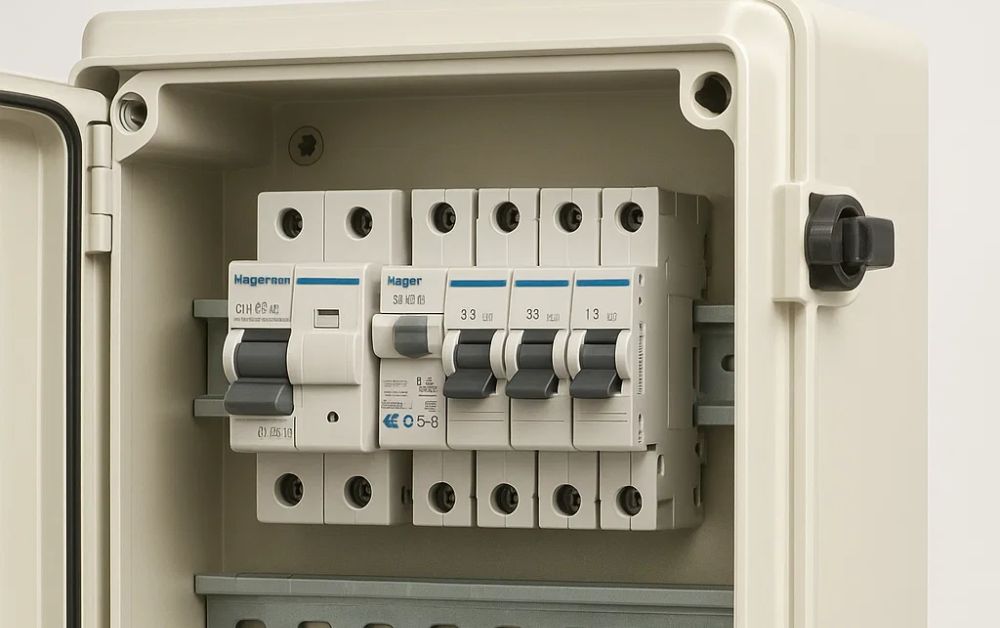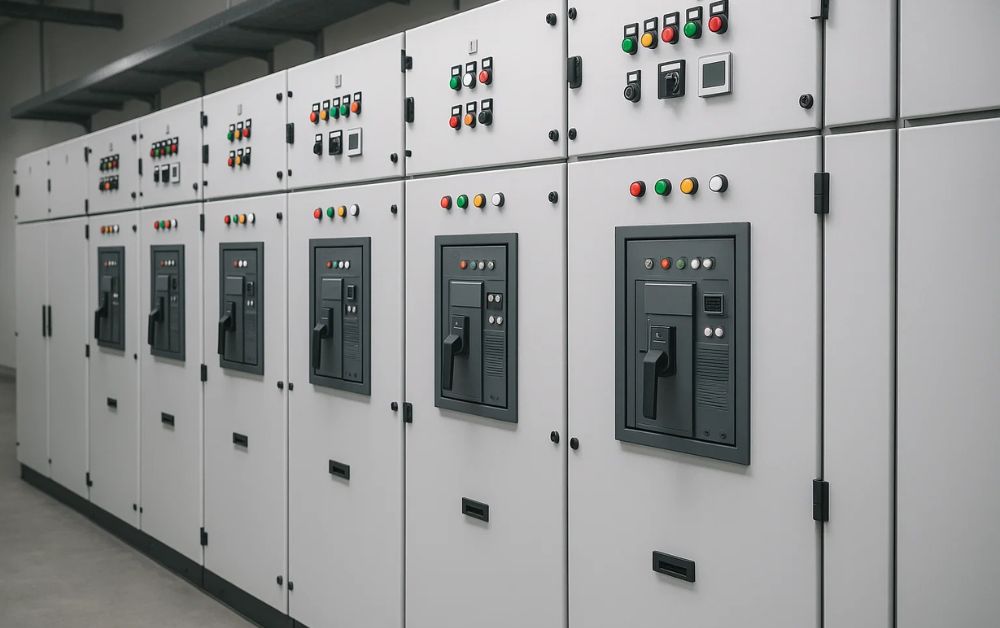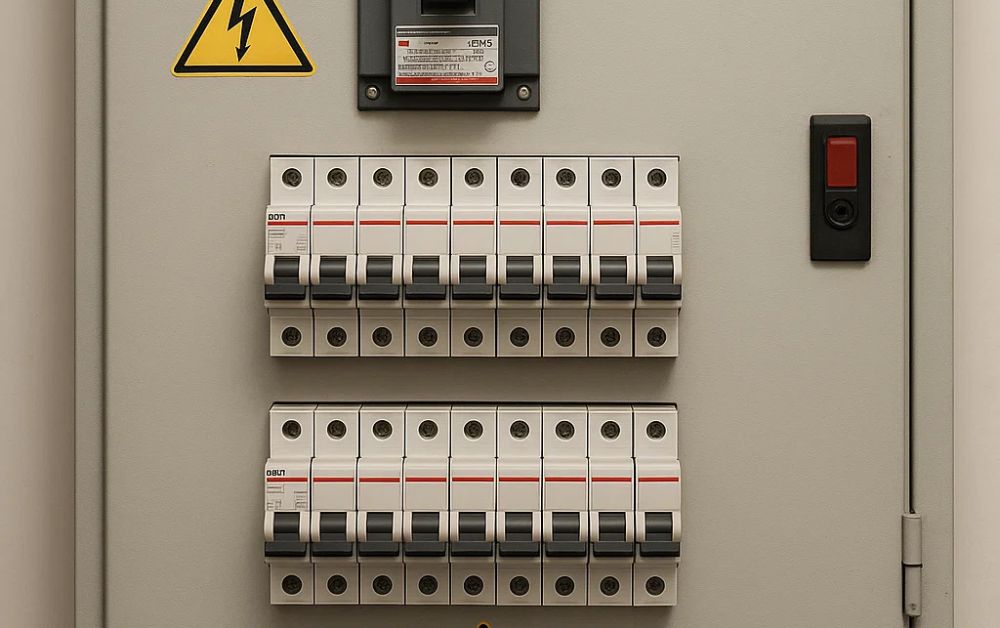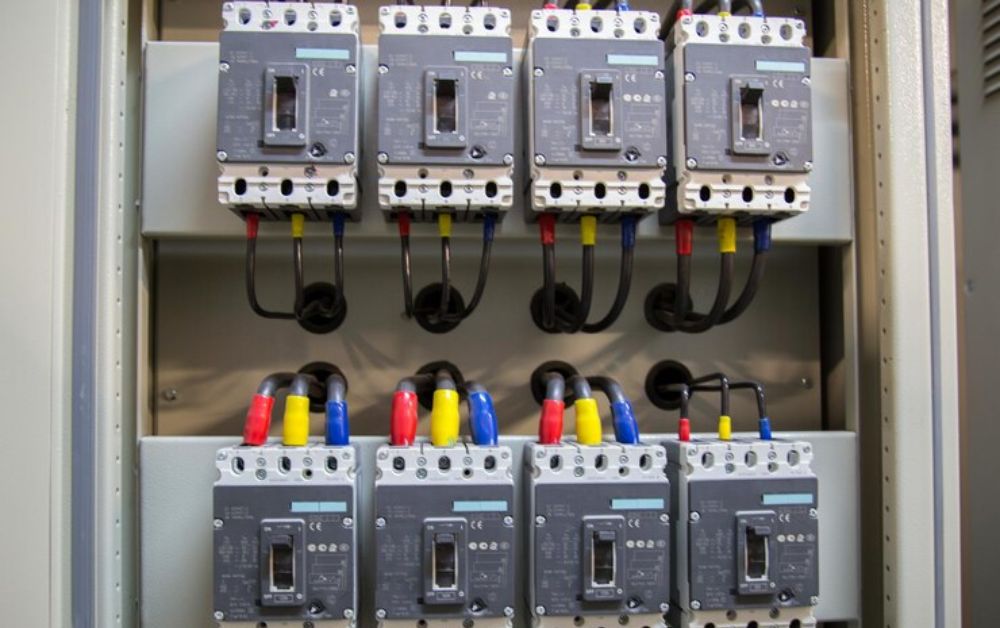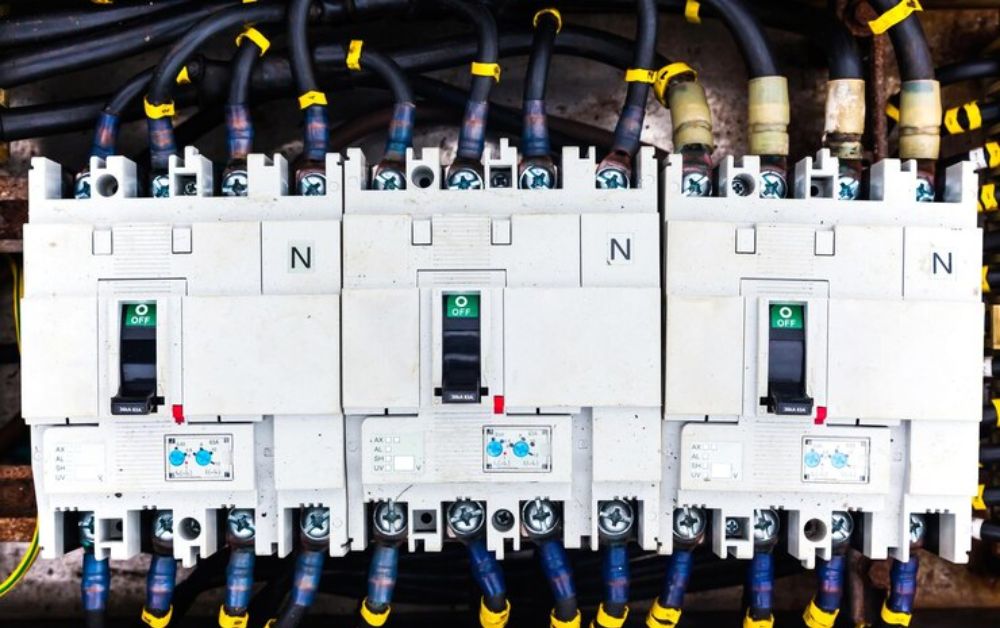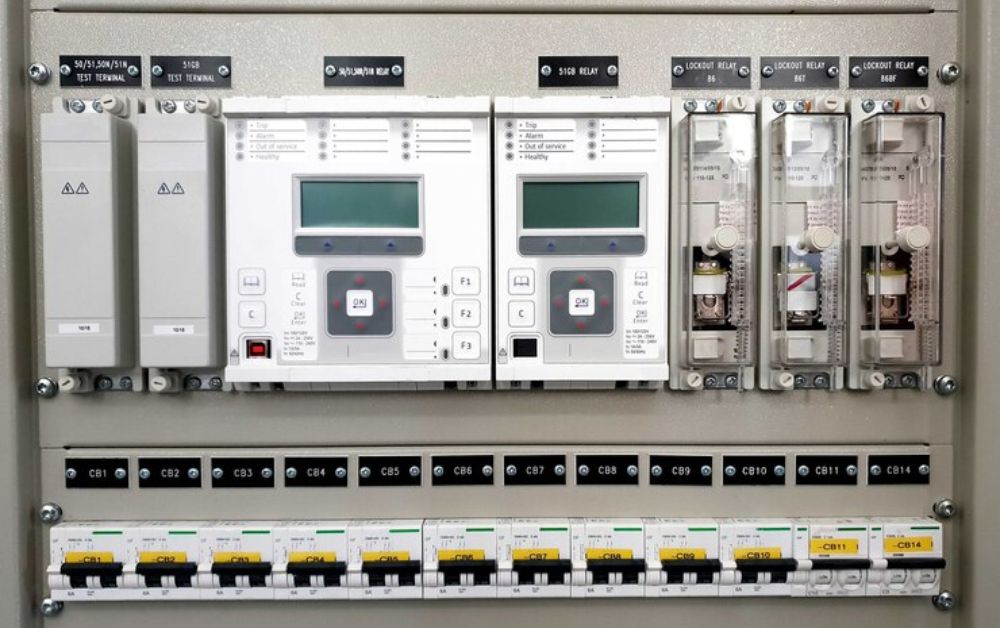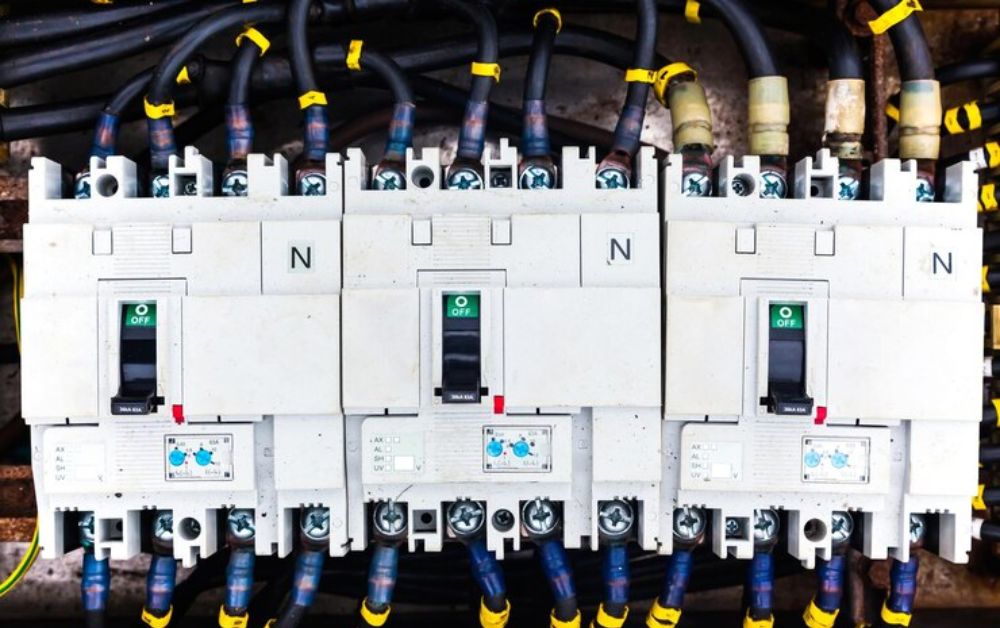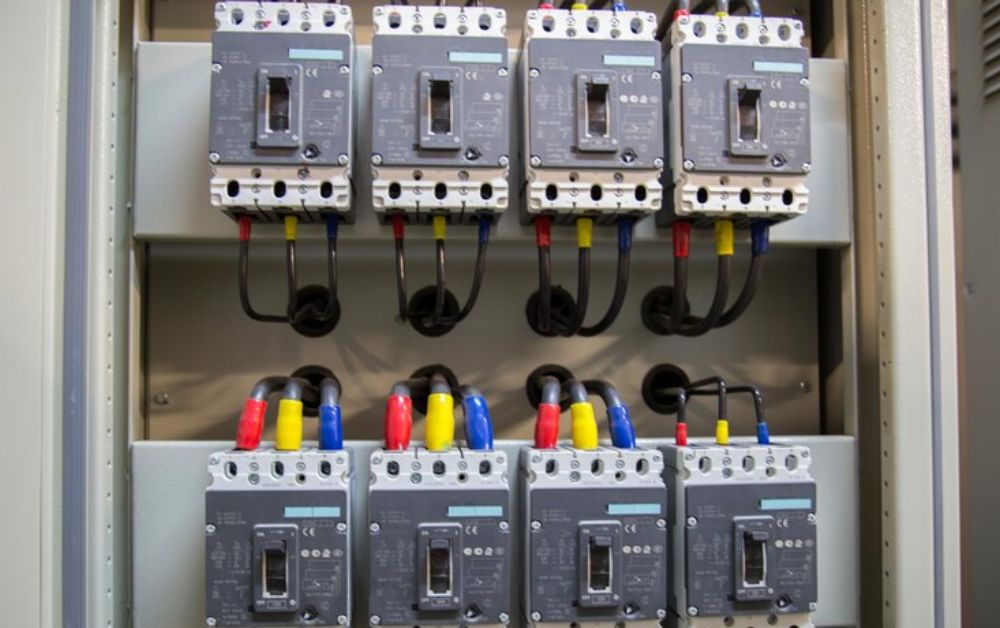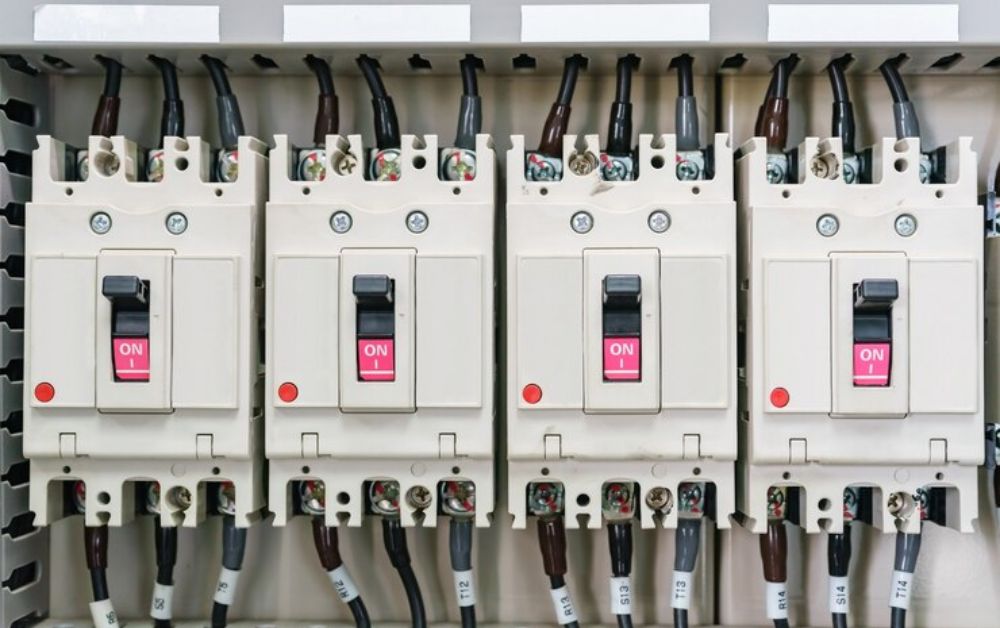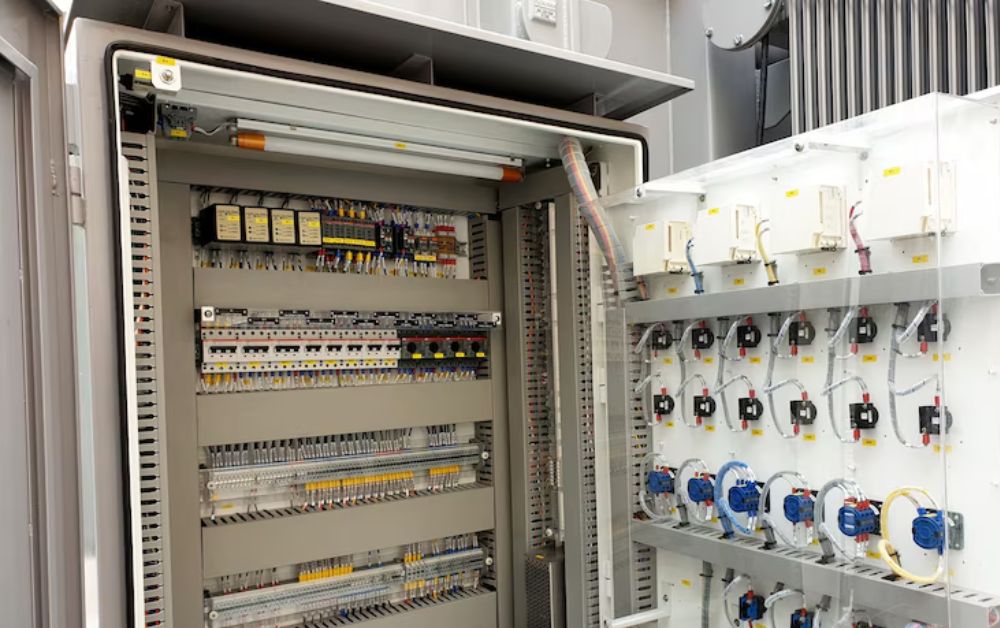In the modern world, where electricity powers homes, industries, and businesses, ensuring a safe and reliable flow of power is vital. At the center of this reliability lies switchgear—a crucial component in every power distribution system. Whether it is a residential building, a commercial complex, or a large-scale industrial facility, switchgear ensures that electrical networks remain safe, efficient, and easy to maintain. Choosing the right electrical switchgear suppiler in uae is, therefore, an important step in achieving dependable power systems.
What Is Switchgear?
Switchgear is a broad term used to describe devices that control, protect, and isolate electrical circuits and equipment. It includes switches, fuses, circuit breakers, isolators, relays, and control panels. These devices work together to ensure that electrical faults are quickly detected and addressed, minimizing risks to equipment and people.
Why Switchgear Matters in Power Distribution
1. Protection Against Faults
One of the biggest roles of switchgear is protecting systems from electrical faults such as short circuits, overloads, or equipment failure. By cutting off power instantly when a fault occurs, switchgear prevents damage to machinery, fire hazards, and safety risks.
2. Ensuring Reliability
Switchgear ensures continuous power flow by managing the load across circuits. In case of faults in one section, it isolates that part while keeping the rest of the system running, ensuring minimal disruption.
3. Safe Maintenance
For electricians and engineers, switchgear allows specific parts of the network to be shut down safely while maintenance or repairs are carried out. This makes systems safer to manage without halting operations completely.
4. Efficient Power Control
In modern power distribution systems, controlling the flow of electricity is just as important as supplying it. Switchgear regulates voltage and current, ensuring smooth and efficient power delivery across different applications.
5. Compliance with Standards
Most industries and commercial setups must comply with international and regional safety standards. Switchgear helps meet these requirements, making electrical systems legally safe and approved for use.
Types of Switchgear
Switchgear can be categorized based on the voltage it handles:
- Low-Voltage Switchgear: Typically used in residential and small commercial buildings to protect appliances and wiring systems.
- Medium-Voltage Switchgear: Common in industrial facilities, factories, and larger buildings where higher loads need to be managed.
- High-Voltage Switchgear: Used in power plants, substations, and transmission lines where large amounts of energy need to be distributed safely.
Each type plays a unique role, but all share the same purpose—ensuring safety and efficiency in power distribution.
Applications of Switchgear in the UAE
The UAE’s rapid development across industries has created a rising demand for switchgear systems. Some key sectors where they are indispensable include:
- Residential Projects: Apartment complexes and housing projects rely on low-voltage switchgear for safe household electricity.
- Commercial Spaces: Shopping malls, office towers, and hotels depend on medium-voltage switchgear to manage heavy energy loads.
- Industrial Operations: Factories, warehouses, and refineries require robust switchgear systems to power machinery safely.
- Infrastructure Projects: Airports, metro systems, and roads depend on switchgear to handle massive electrical loads without interruptions.
- Renewable Energy: Solar and wind projects increasingly rely on switchgear to regulate and distribute clean energy efficiently.
How to Choose the Right Switchgear Supplier
Since switchgear is a critical investment in any project, sourcing it from a reliable partner is crucial. Here’s what to consider when selecting an electrical switchgear suppiler in uae:
- Product Range: A good supplier should offer low, medium, and high-voltage switchgear options.
- Certifications: Products must meet international safety and performance standards.
- Durability: Switchgear must withstand the UAE’s climate and operating conditions.
- Technical Expertise: Suppliers who provide guidance, installation support, and after-sales service offer greater value.
- Timely Delivery: Availability and quick delivery are important to keep projects on schedule.
The Future of Switchgear in Power Distribution
With the UAE moving toward smarter cities and renewable energy, the role of switchgear is becoming even more critical. Modern systems now integrate automation and smart monitoring, allowing for real-time fault detection and energy management. These advancements help reduce downtime, improve efficiency, and support the country’s sustainability goals.
Conclusion
Switchgear is the backbone of every power distribution system, ensuring safety, efficiency, and uninterrupted operations. From protecting equipment and preventing accidents to supporting maintenance and meeting compliance standards, its role cannot be overstated. To guarantee reliability and long-term performance, it is essential to work with a trusted electrical switchgear suppiler in uae. Among the most respected names in the industry, Al Arz Electrical Ware Trading stands out for delivering high-quality switchgear solutions, expert support, and dependable service across diverse projects in the UAE.


